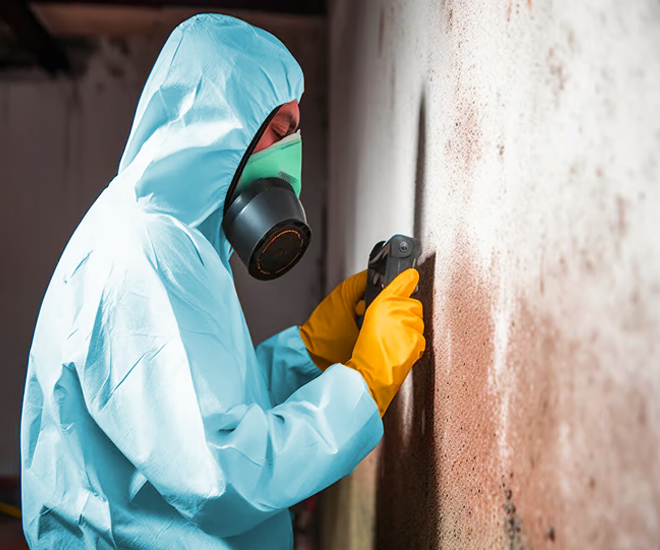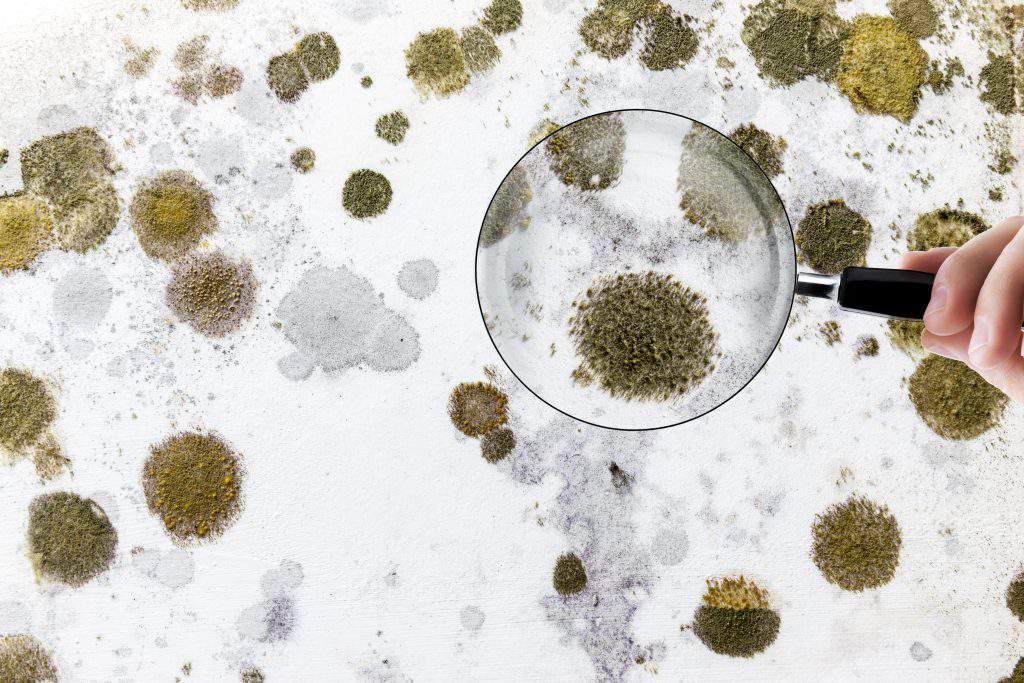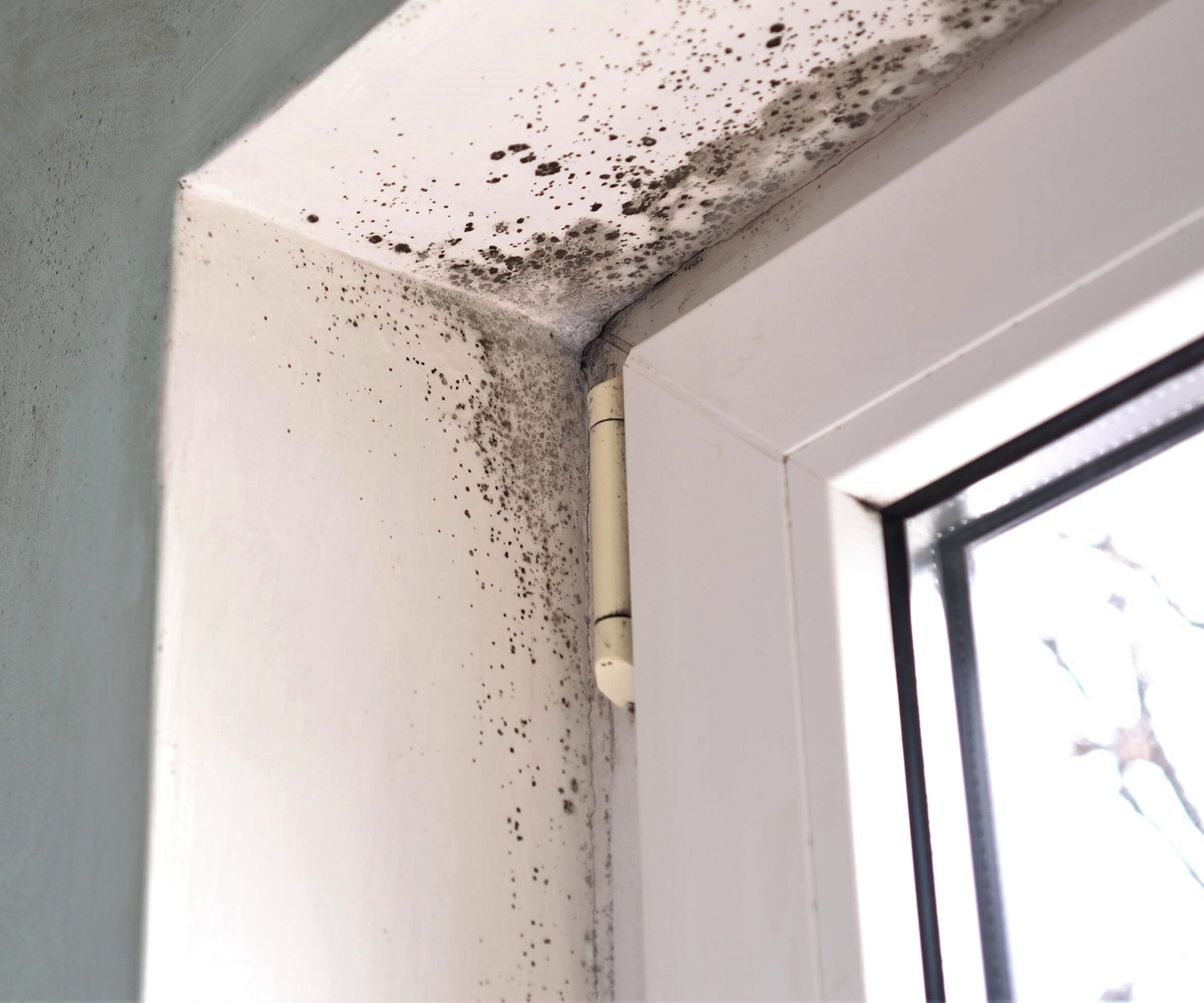Your Ultimate Guide to Article Mold Removal Strategies
Browsing the realm of post-mold remediation strategies is a precise procedure that demands interest to detail and a thorough understanding of the intricacies included. In the consequences of mold infestation, recognizing how to effectively remove the mold and prevent its reoccurrence is extremely important for preserving a healthy and balanced interior setting. From selecting the appropriate cleaning and sanitizing techniques to carrying out approaches for lasting mold and mildew avoidance, each action in the removal trip plays a vital function in making certain an effective outcome. As we start this exploration of post-mold removal methods, we will certainly discover the vital strategies and finest techniques that can help you recover your space to its pre-mold condition and safeguard it against future mold dangers.
Recognizing Post-Mold Removal Refine
After finishing the mold and mildew removal process, it is important to understand the post-mold remediation strategies that are necessary to make sure a efficient and comprehensive clean-up. Once the mold has actually been gotten rid of, the next action includes cleansing and decontaminating the affected areas to stop any kind of regrowth of mold and mildew. This includes utilizing specialized cleansing representatives to clean down surfaces and eliminate any type of remaining mold and mildew spores. It is necessary to dry the location entirely to discourage the development of mold in the future (Post Mold remediation cleaning). Proper air flow and dehumidification can help in this procedure.
In addition, carrying out a last inspection post-remediation is important to guarantee that all mold and mildew has been effectively eradicated. If the evaluation exposes any lingering mold and mildew, extra removal may be needed.
Reliable Cleansing and Decontaminating Techniques

Protecting Against Future Mold And Mildew Development

Significance of Correct Air Flow
Proper air flow plays a crucial function in preventing dampness build-up, a crucial factor in mold development within interior environments. Efficient air flow systems assist get rid of excess humidity from the air, minimizing the possibilities of mold and mildew spores discovering the dampness they require to spread and sprout. Without sufficient air flow, indoor rooms can come to be a breeding place for mold and mildew, resulting in potential health threats and structural damage.
By making sure appropriate air flow, air flow systems can also help in drying moist areas quicker after water damages or flooding occurrences, further discouraging mold and mildew development. Post Remediation verification. In spaces like bathrooms, kitchen areas, attic rooms, and cellars where moisture degrees tend to be greater, mounting and maintaining effective ventilation systems is vital in preventing mold problems

Monitoring and Maintenance Tips
Offered the vital duty that appropriate ventilation plays in protecting against mold and mildew development, it is critical to develop efficient tracking and upkeep tips to make sure the continued capability of air flow systems. Tracking humidity levels within the home have a peek at these guys is also important, as high moisture can add to mold development. By staying mindful and proactive to the condition of ventilation systems, property owners can properly mitigate the threat of mold and mildew regrowth and maintain a healthy and balanced interior setting.
Conclusion
In conclusion, post-mold remediation techniques are necessary for making certain a secure and tidy setting. Recognizing the procedure, executing effective cleaning and disinfecting methods, preventing future mold development, preserving correct ventilation, and normal monitoring are all essential action in the remediation process. By complying with these guidelines, you can efficiently get rid of mold and stop its return, working or advertising a healthy and balanced living space for all occupants.
In the aftermath of mold problem, knowing how to properly eliminate the mold and mildew and prevent its reoccurrence is extremely important for keeping a healthy and balanced interior environment. Once the mold has actually been gotten rid of, the following action includes cleaning and decontaminating the affected areas to avoid any regrowth of mold and mildew - After mold remediation. After removing visible mold growth, it is important to cleanse all surface areas in the afflicted location to get rid of any type of staying mold spores. To additionally enhance mold avoidance steps, it is important to deal with underlying concerns that initially led to mold development.Provided the important duty that correct air flow plays in preventing mold growth, it is crucial to establish effective tracking and upkeep suggestions to make certain the continued capability of air flow systems